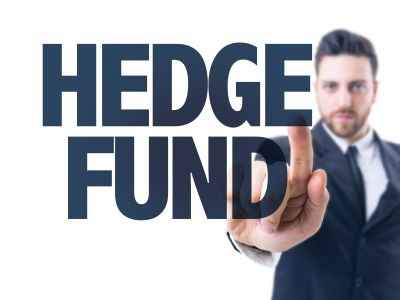Morgan Stanley Fund: When will the convertible bond market reach a turning point?
2024-09-18 17:24
Overall, the medium and long-term allocation value of convertible bond assets is gradually becoming apparent.
Morgan Stanley Funds stated that convertible bonds were once considered as a derivative financial instrument with unlimited upside potential and downside protection. They have shown strong offensive capabilities during bull markets and defensive characteristics during bear markets. The dual nature of convertible bonds has resulted in significantly higher long-term investment returns compared to major stock indices. Even in bear markets, the decline of low-priced convertible bonds supported by their bond floor has been relatively controllable. However, the investment returns in the convertible bond market in 2024 have been disappointing, lacking the expected resilience. As of September 13th, the CSI Convertible Bond Index decreased by 6.69%, while the equally weighted Convertible Bond Index dropped by 11.33%. The market share of convertible bonds with a face value below 100 yuan exceeded one-fourth.
On the surface, the weak performance of the convertible bond market in 2024 can be attributed to the overall weakness in the stock market and the mid-cap style. However, the underlying reason lies in the persistent concerns over credit risks in convertible bonds, and the liquidity shock caused by institutional selling exacerbates the market adjustment. The ongoing reassessment of credit risks in convertible bonds has gradually disrupted the traditional pricing model and led to continuous adjustments in the prices of low-priced convertible bonds, breaking historical patterns. High yield to maturity (YTM) and dual low convertible bond strategies have been successful for a long time, but 2024 marked a turning point for these strategies. Strategies based solely on high YTM or dual low principles have performed poorly, primarily due to the undervaluation of convertible bonds with poor credit ratings and the risk of delisting, making them more susceptible to inclusion in portfolios constructed solely based on high YTM or dual low principles, thus significantly dragging down the performance of the portfolio.
After undergoing a reassessment of credit risks, will the convertible bond market experience a recovery in the future? Currently, it seems unlikely that the convertible bond market will see a rapid recovery similar to the one in 2021. The impact of credit risk shocks in early 2021 on the convertible bond market was comparable to the current adjustment, but the rapid recovery in pricing in 2021 was mainly driven by the strong bull market in mid-cap stocks that year. Without systematic opportunities in the stock market, the valuation recovery process for low-priced convertible bonds in the future may resemble that of non-state-owned corporate ordinary credit bonds after the 2018 default wave, with credit spreads expected to remain high and bond prices relying mainly on the improvement in issuance entity cash flow visibility and the reduction in remaining term.
Overall, the long-term value of convertible bond assets is gradually becoming apparent, with some convertible bonds with adequate fundamentals being unfairly hit during the market adjustment. Additionally, some convertible bond issuers have actively reduced the conversion price, giving hope for these bonds to see a value return sooner. However, the medium to long-term investment opportunities in the convertible bond market still rely on the overall recovery of the stock market. In terms of convertible bond strategies, the basic analytical framework of high YTM and dual low strategies still holds potential for adjustments, and in the future, there is a need to strengthen fundamental research on the underlying stocks of convertible bonds, avoid bonds with credit flaws and potential delisting risks, and seize structural investment opportunities in the convertible bond market.
RECOMMEND

AMAC: In January, 137 new asset-backed special plans were filed, with a total scale of 1122.64 billion yuan.
26/02/2025

Schroder Investment: Investors should consider allocating funds to securitized credit and insurance-linked securities.
26/02/2025

Reuss County Asset Annual Reflection: Policy Tipping Point is very clear. The semiconductor industry in 2025 is a game for the brave.
26/02/2025


